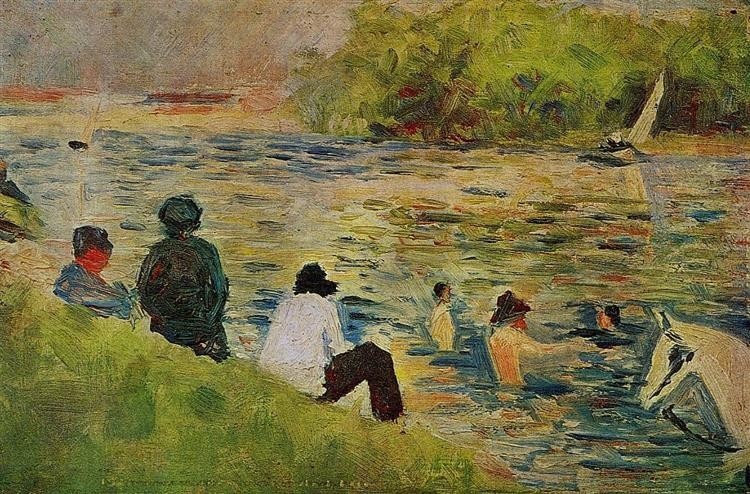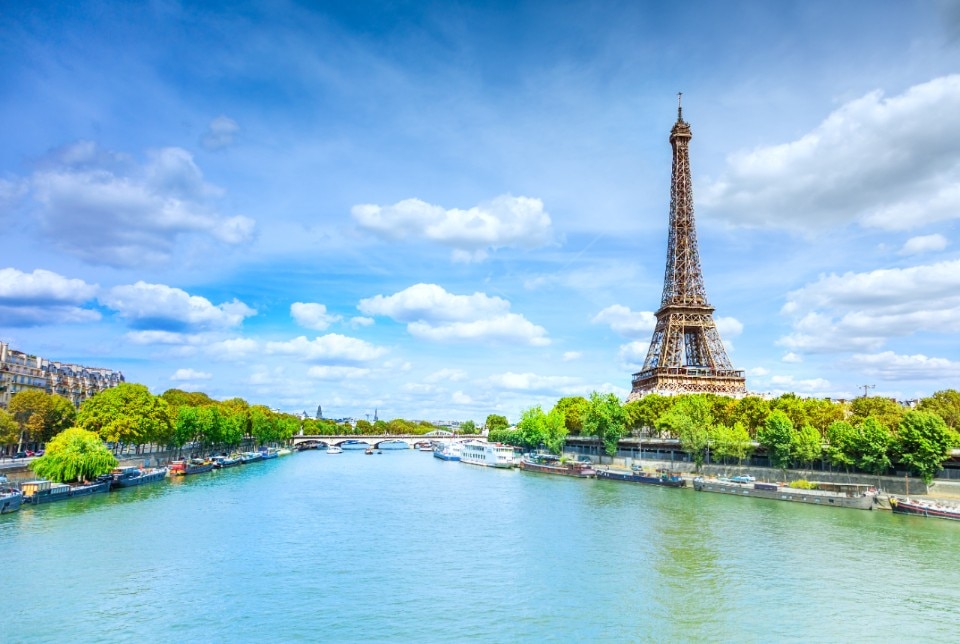With Paris Mayor Anne Hidalgo’s eagerly awaited swim in the Seine, the virtuous effects of the restoration work aimed at making France’s second-largest waterway swimmable again, at least in the capital, seem at last to be tangible. A protagonist of the Olympic Games, the Seine had been the subject of more than one promise by the Olympic committee and institutions. With a declared objective: to host the triathlon and cross-country swimming competitions for Paris 2024, to guarantee the citizenship bathing for years to come, after more than one hundred years of prohibition, and to tangibly reduce pollution.
As large as 20 Olympic-size swimming pools, the basin will be able to store some of the sewage and rainwater, and then convey it to the sewers thanks to pumping systems.
It was not easy to bring together the conditions for this and future bathing areas to be safe from a health point of view. The main objective was in fact to ensure adequate treatment of sewage and rainwater even during times of heavy rainfall. On days of heavy rainfall, sewers and purifiers become saturated and the water authority is obliged to pour untreated water into the Seine, leading to an excessively high and harmful bacterial presence, particularly of Escherichia coli.
To reverse this trend, many interventions have been concerted both in Paris and in the upstream municipalities. Missing or faulty connections to the sewers of 20,000 homes in the capital and the banlieue were restored. All the peniches on the Seine, we are talking about 300 boats that until now spilled directly into the river, have also been connected to the sewer network. More efficient purification systems, operating with ultraviolet light, have improved the performance of the existing purification plants. Finally, a major infrastructural work has made a real breakthrough in purification possibilities: the construction of a large 50,000 square metre basin next to the Gare d’usterlitz, which is also undergoing extensive renovation.
As large as 20 Olympic-size swimming pools, the basin will be able to store some of the sewage and rainwater, and then convey it to the sewers thanks to pumping systems. The work, which is complex in an extremely dense location due to the presence of the metro and railway network, involved both the excavation of the basin and the connection tunnel under the Seine to the existing collection pits. Once completed, the basin will be concealed under a one-hectare area of vegetation, designed to improve the attractiveness and connections between the different areas of the district and help combat heat islands.

If it took around 90 million to build the Austerlitz basin, the total cost of the bathing operation is around 1.4 billion euros. A figure that has been the subject of much controversy, expressed above all by that part of the citizenry that finds it hard to perceive the tangible benefits of building ‘invisible’ infrastructure and the possibility of bathing for which it is sceptical, not to say sarcastic. Indeed, the reconquest of river biodiversity fails to be seen as a value by the entire population. Although the data from the City of Paris speak for themselves: if in thirty years, spills in the Seine have been reduced tenfold, what has increased with the same multiplier is the presence of fish species, up from 3 to the current 32.
Opening image: Photo Adisa from Adobestock

Ethimo's latest collection is all about weaves
Inspired by the traditional craftsmanship of Eastern Spain and patios, the new collection designed by Studio Zanellato/Bortotto reimagines the aesthetics of comfort.










